This week brings us a moment worth celebrating: the 200th birthday of The Saturday Evening Post.
More than just a milestone in publishing, it’s a notable moment in American culture. For the Post has gained a reputation as a particularly American publication. As Tony Silber of Forbes magazine wrote, it is among the things that bind us together, a living part of our nation’s past that ranks up there with old-time baseball, Route 66, and Thanksgiving dinner.
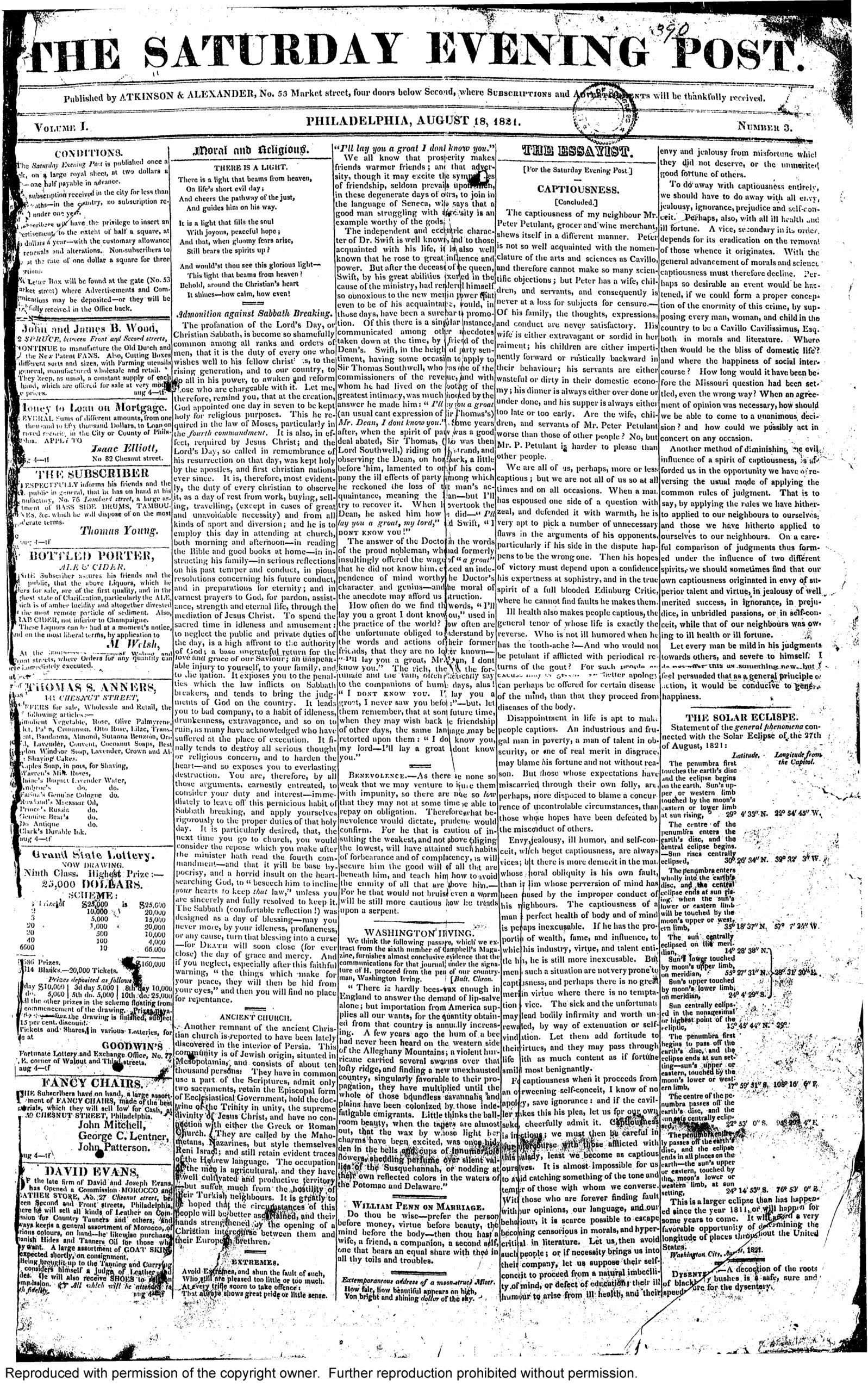
The association with American-ness is understandable when you consider The Saturday Evening Post was founded on the ideals that made Ben Franklin ‘s publications popular — to promote hard work, thrift, learning, and levity.
As early as 1871 — its 50th birthday — the Post was admired as one of the country’s oldest publications and valued as a link to the country’s post-Revolutionary past. The paper’s fortunes and circulation had risen and fallen with the changes of owners and editors. After the Civil War, with its circulation shrinking, publisher Albert Smythe did his best to keep the magazine afloat. He believed the Post was an American legacy that needed to be preserved.
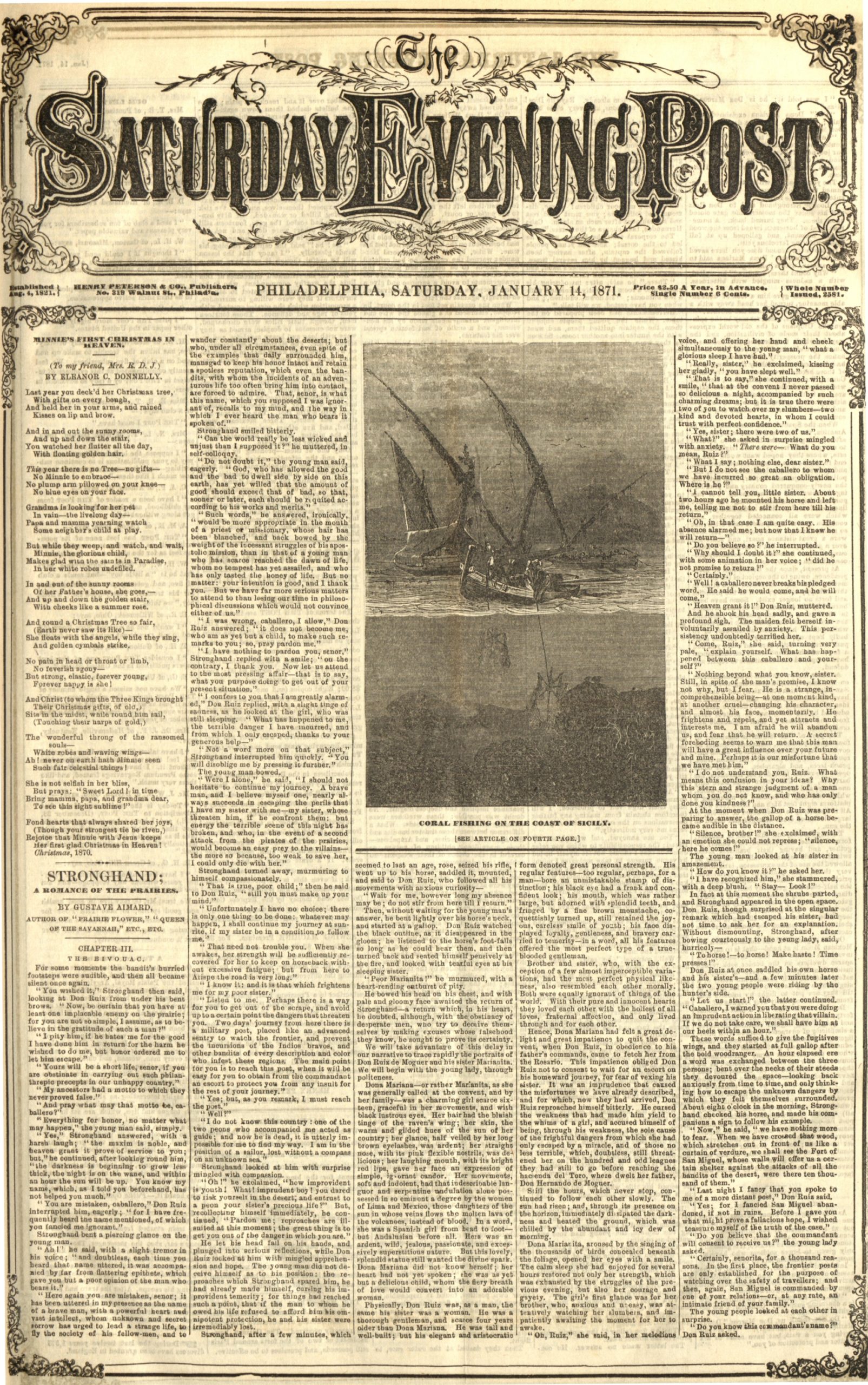
Capturing the State of the Country
It was the Post’s distinguished history that led media tycoon Cyrus Curtis to purchase it in 1897. He ensured its success by finding an editor, George Horace Lorimer, whose fascination with American business coincided with millions of ambitious Americans. The Post reported on the American economy with an emphasis on opportunity.
When Lorimer couldn’t find a writer who could convey “the romance of business,” as he called it, he became one himself, producing a series titled Letters from a Self-Made Merchant to His Son. It offered practical wisdom reminiscent of Ben Franklin’s Poor Richard’s Almanac: “The easiest way in the world to make enemies is to hire friends” “A good salesman is like a good cook — he can create an appetite when the buyer isn’t hungry.” Combined with Lorimer’s complete redesign of the publication, his selection of the day’s best fiction, and his feature articles on the nation’s newsmakers, the Post’s circulation quickly grew from thousands to millions.
For many of its dedicated readers, it was the voice of the country. Or, as Lorimer dubbed it, “An American Institution.”
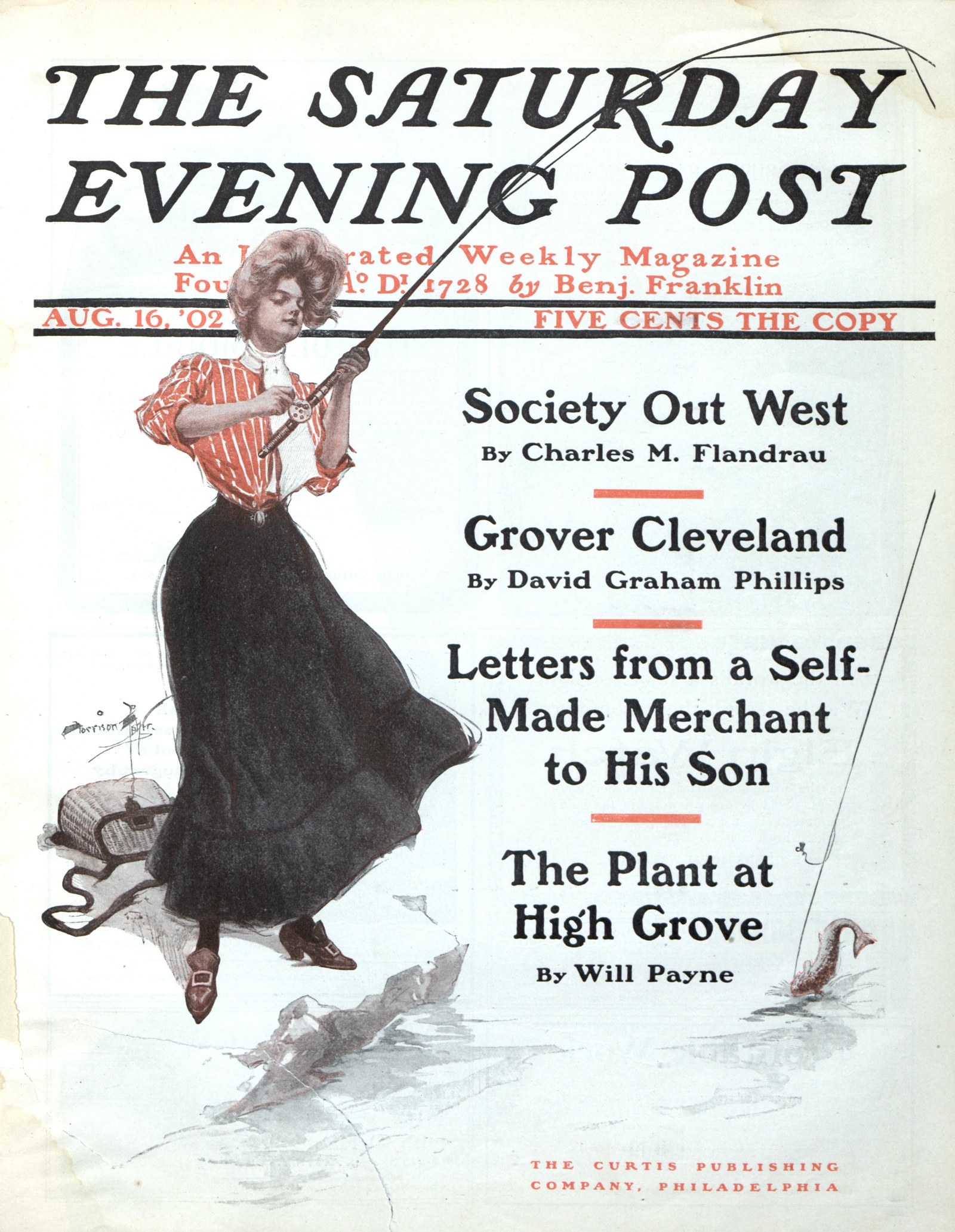
For many decades, the Post was the nation’s most popular magazine. It set a national standard for fiction and illustration, and the authors it published included some of the most enduring names in American literature: O. Henry, Jack London, F. Scott Fitzgerald, Sinclair Lewis, Dorothy Parker, William Faulkner, Zora Neale Hurston, J. D. Salinger, Kurt Vonnegut, Ray Bradbury, Shirley Jackson, John Updike, Arthur Miller, and many more.
The editors avoided articles about esoteric or cerebral subjects that were standard fare in the popular magazines on the east coast. They also ignored the country’s passing fads and crazes that were breathlessly reported in other publications. The Post editors liked to focus on what they hoped would appeal to almost all Americans. Stories included everything from profiles of Midwestern cities to how mannequins were made.
The magazine often captured the small-town sensibilities that were retreating before the modern age. That impression was strengthened by the humorous and poignant Post covers of everyday life painted by Norman Rockwell.
But the Post also wrote about the news that was important to readers. This included detailed on-the-ground reporting about World War II, concerns over communism and other geopolitical issues, and important medical breakthroughs.
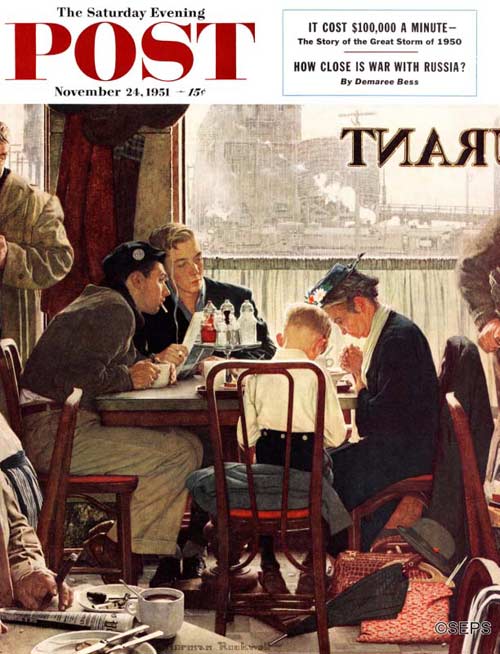
Then, in the 1960s, the magazine dramatically changed its look, contents, and editorial policy. The publishers brought the Post up to speed with an America in the midst of great change. Photography was plentiful, and artwork was restricted to illustrating fiction. The Post now presented progressive writers like John Updike, Thomas Pynchon, and Arthur Miller. Articles addressed topics like civil rights, the Vietnam war, and drug abuse, as well as the latest trends in rock music, fashion, and life styles.

Declining subscriptions and an uncertainty of where to go in the future led to the Post suspending publication in 1969. Pundits called it an end of an era, the loss of an American legacy. Yet by 1971, new owners had revived the Post with the intention of producing a magazine consistent with the magazine’s legacy.
And so, 50 years after another reincarnation, we continue.
What Makes an Event an American Moment?
Today, we come to our 200th birthday, an event we regard as one of those very American moments — occasions that epitomize the national experience. They include the country’s great historic milestones: the signing of the Declaration of Independence, Orville Wright’s 1908 take-off, the 1980 Olympic hockey championship, VJ Day in Times Square, the moon landing. But they also include those overlooked moments of cultural change, like the first recording of jazz (1917) and rock (1951). And there are the American moments that are stamped ineradicably in our own minds: watching a rocket taking off in the pre-dawn darkness from Cape Canaveral or witnessing new citizens being sworn in.
Our American moment is the culmination of thousands of moments, which were collected, written, and printed in this, the oldest magazine in America.
We invite you join us in this moment, become a member of Saturday Evening Post Society, and explore our centuries of American moments.
Become a Saturday Evening Post member and enjoy unlimited access. Subscribe now

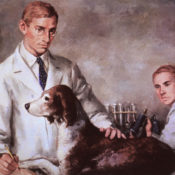


Comments
I have enjoyed your magazine for many years. When I was a small child I would visit my grandparents almost every week and too young to read would head for the Post to look at the pictures. That was in the early 1930’s!!! Am so happy that you were able to keep on publishing after we all thought there would be no more Post!! I still look forward to every issue now that I’m in my 80’s Thank you for your wonderful magazine!
Today, August 4th is 200 years to the day, and your tribute here covered all of the most important milestones in one feature. It’s all led up to today’s Saturday Evening Post which is both an amazing bimonthly magazine and a wonderful daily interactive online experience.
Compared to Ben Franklin and George Lorimer’s time, today’s publisher faces unimaginable challenges that would undoubtedly have them in complete shock, if not fainting. Once over that, I think they’d quickly realize she’s managed to pull a rabbit out of a hat to say the least, and is doing a fantastic job!
Today’s Saturday Evening Post is comparable to what is always has been and will be for many years to come. Despite our nation’s problems, the Post is one thing we can always be proud of. Let it be said, let it be done.